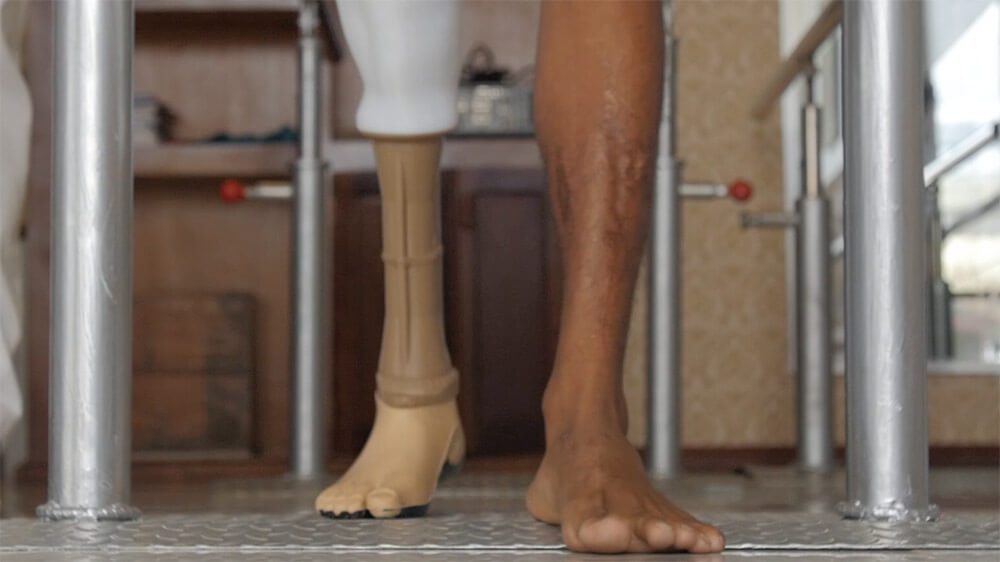
Millions of people around the world suffer amputation and disability due to war, accident, and congenital conditions. Yet relatively few of them have access to mobility aids that would allow them to walk, a freedom most people take for granted. Without prosthetic limbs, it can be incredibly difficult to participate in education, work or even social activities, especially in the developing world. Beyond the tremendous impact this has on individuals, there are economic and social costs to families and even communities.
With the advent of low-cost 3D printing, the production of suitable prostheses is now possible almost anywhere. Organizations like Canadian non-profit Nia Technologies are helping clinics in low and middle-income countries to manufacture prosthetic and orthotic devices faster than ever before. From digital scanning through design and 3D print production, Nia is helping clinics across the developing world to serve people affected by missing limbs.
There’s one problem: the complexity of 3D design. The solution? It might be adding virtual reality to the process.
Traditionally, clinicians who work with prosthetic limbs are trained in manual practices, such as plaster casting, sanding and shaping of prostheses. While clinicians can see the benefits of using 3D printing to create materials, often they have difficulty in adapting to the other part of the design process: digital modeling.
With 3D printing solutions, clinicians are no longer working with their hands – they are working with a mouse. While some can adapt, for many it’s a difficult process. They’re used to touching, shaping and examining their creations, like so many craftspeople before them. While 3D printing makes the production process faster, ironically the challenge of visual design can make the overall process slower.
The solution could be virtual reality: making the design process truly three-dimensional, and putting creativity directly back into the hands of those creating these prostheses. This is exactly what OrthoVR aims to do.
With the help of VR for Impact, Nia Technologies has partnered with VR startup Gradient Space, the Critical Making Lab at the University of Toronto and CBM Canada to make OrthoVR possible.
Rather than forcing prosthetic clinicians to re-learn their skills via a mouse and flat screen, OrthoVR uses the Vive controllers and the immersion of VR itself to leverage existing skills with 3D printing. Clinicians can examine, shape and refine prostheses in a virtual space, allowing them to prototype and finalize much faster. When ready, they can then output to a 3D printer and see their work in the real world.
Clinical trials of OrthoVR will soon begin in Tanzania, with others to follow in other developing world clinics. If these are successful, hopefully OrthoVR will be used in more locations across the world, helping people overcome their amputation or disability with prostheses.
By combining two high-tech solutions – 3D printing and virtual reality – OrthoVR could revolutionize prosthetic production across the world.
For more information on OrthoVR, visit the project’s website. Find out more about the VR for Impact initiative at VRforImpact.com, or visit our community forums.
Website: LINK


